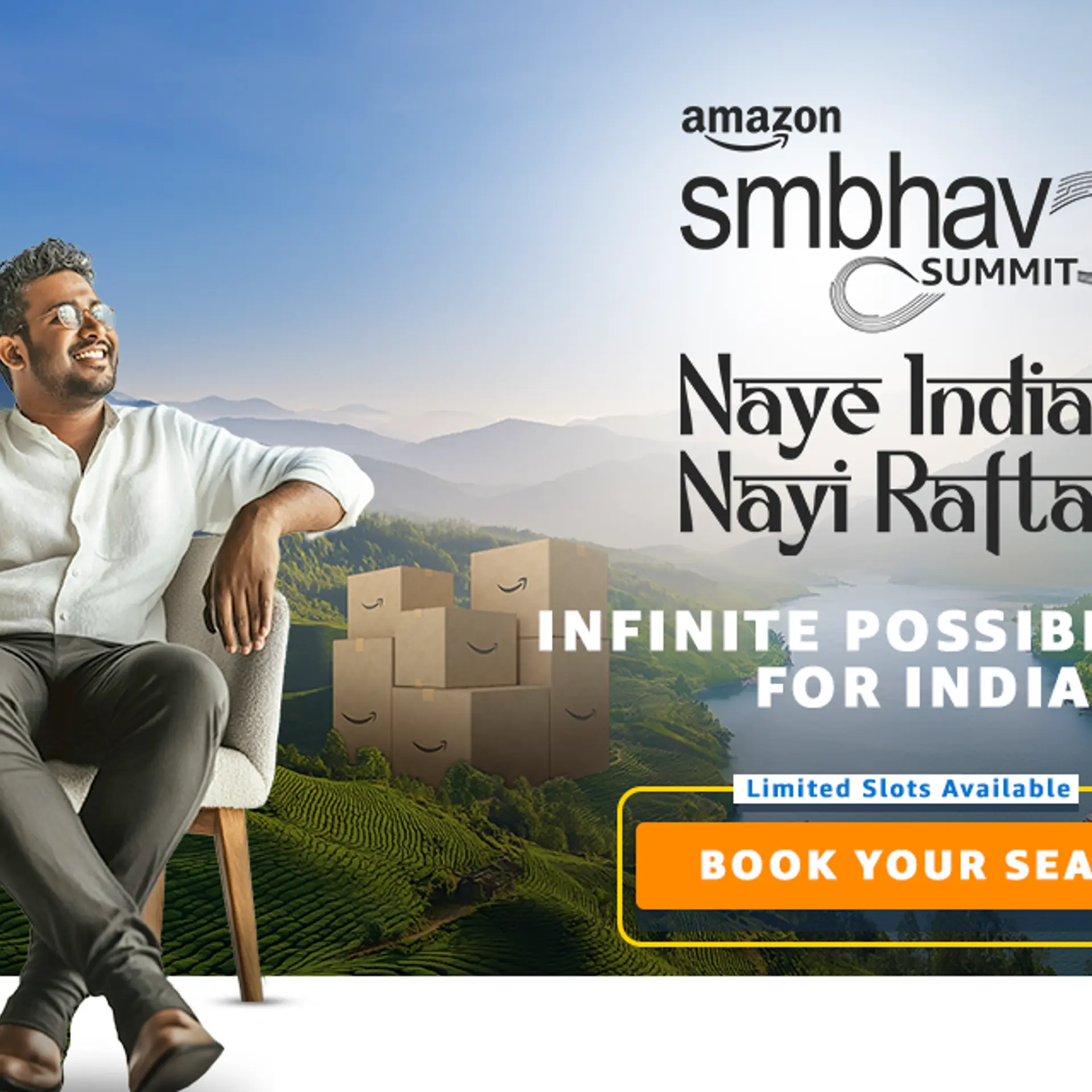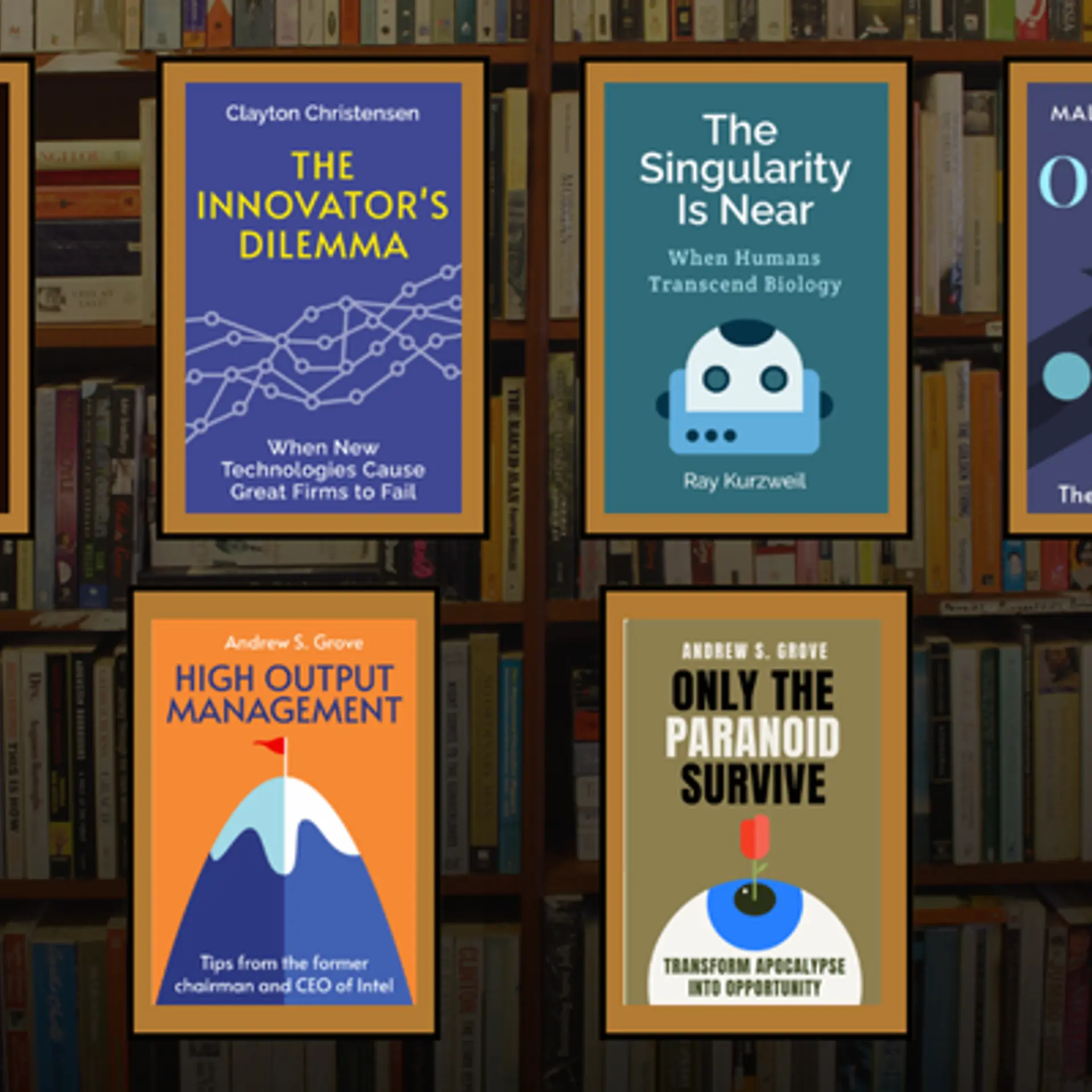Marketing challenges in the restaurant industry
The restaurant business, especially in India, has a greater impact on our economy than many others. In this low-margin high overheads business, it’s the king that takes the pie and leaves the crumbs to those that follow trends or remarketable concepts. Same ol’, same ol’—where another restaurant pops up without knowledge of another exceptional good being produced in the economy. The restaurant business is unique, also owing to the fact that the F&B industry is heavily invested in the branding section of marketing. You wouldn’t want to go to a shady restaurant where the branding isn’t on-point. Also, you wouldn’t want to go to a fine dining restaurant unless its class is demonstrated across all touch-points in the communications.

Image: shutterstock
One of the more fascinating aspects of the restaurant industries is its reliance on third party reviewers and word of mouth. There is hardly a significant difference in the product offered and pleasing multiple palettes is the number one marketing trap that restaurants fall into. Strategically speaking though, restaurants have the fastest rates of closure and many legacy brands fall for what’s trending and how well they adapt to rapidly changing consumer mindset. Because there is poor differentiation between restaurants, there is a stumbling amount of attrition where customers churn out of the pot every week or so, looking for that next big exciting place to try out.
There are personal favourites though. Choosing a restaurant/bar is also mood dependent If you’re in Juhu and you’re in the mood for a fine dining experience, you will visit Ruka at JW Mariott. If you’re looking for a street food experience you’d go to Sharma’s pani puri waala. These two offer differently priced items and experiences and are significantly mood-dependent. In no other industry will you find this, as even with vacations or Fmcg, you are loyal to certain brands or places or experiences you consume. Since the risk to try out new places is lower, customers are more willing to try out your restaurant if you go through the mental check-list of quality food, quality décor, quality staff, and overall satisfying experience.
What restaurants really lack is that “X” factor. That cool factor which makes them click with their audiences and has an aspirational value attached to its core offering. Not a lot of restaurants focus on this, as there is so much investment required to satisfy existing demand and tastes. Imagine a car manufacturer that didn’t engineer some sort of allure and appeal in the car and simple gave you a box with wheels for Rs 3 lakh. You’d rather pay Rs 4 lakh and get something that excites you every morning. You have that intrinsic attachment towards it and it makes you want to revisit it like an old memory.
Consumer recall is also stronger for restaurants than other industries such as tech, entertainment, IT, etc. Because it is a visual, auditory, and taste-based experience, you remember the joy or frustration of dining at a restaurant for a longer period of time. You are less forgiving for a bad experience, and customers often showcase their poor experiences over the internet with 1* ratings on Facebook and Zomato. With the advent of the internet, restaurants have a greater challenge with marketing and brand positioning as they constantly have to strive for perfection when it comes to preserving their brand image and dictating their own brand story.
Brands have to carve their own presence in the mindsets of the consumers and patrons have to rely on WoM and online reviews until restaurants figure out their own marketing strategy.
Read next: 5 challenges Indian marketers need to focus on to keep with the times.







